
Exploring the Functionality of Modern Handrail Components
- By:ABLINOX
- 2024-05-21
- 77
The Evolution of Handrail Components in Contemporary Architecture
In recent years, handrail components have undergone significant transformations in response to evolving architectural trends and safety requirements. Architects and designers are now incorporating innovative materials and designs to create both functional and aesthetically pleasing handrail solutions. Let’s delve into the world of modern handrail components and explore how these elements enhance the overall design and usability of architectural spaces.
The Role of Handrail Components in Architectural Design
Handrails serve a crucial role in providing support and safety for individuals navigating staircases, balconies, and other elevated areas. Beyond their functional purpose, handrail components contribute to the overall design aesthetic of a space, adding visual interest and complementing the architectural style.
Innovative Materials and Finishes
Gone are the days when handrails were limited to basic metal or wooden structures. Today, architects have a vast array of materials to choose from, including glass, stainless steel, aluminum, and even eco-friendly options like bamboo. These materials can be combined with various finishes, such as matte, brushed, or polished, to create unique handrail designs that seamlessly blend with the surrounding environment.
Customizable Designs for Every Space
One of the key trends in modern handrail components is the emphasis on customization. Architects and designers can now tailor handrail designs to suit the specific needs and aesthetic preferences of each project. Whether it’s a sleek and minimalist design for a contemporary building or a more ornate and decorative handrail for a historic renovation, customization allows for endless possibilities.
Integrated Lighting and Technology
Another exciting development in handrail components is the integration of lighting and technology. LED strip lights can be incorporated into handrails to provide both safety illumination and ambient lighting effects. Additionally, smart technology can be integrated into handrails to enhance accessibility and user experience, with features such as touch-sensitive controls or sensory feedback systems.
Sustainability and Eco-Friendly Practices
As sustainability becomes a top priority in architecture and design, handrail components are also adapting to eco-friendly practices. Manufacturers are utilizing recycled materials, energy-efficient production processes, and reusable design concepts to reduce the environmental impact of handrail production. By choosing sustainable handrail components, architects can contribute to a more environmentally conscious built environment.
Conclusion
The world of handrail components is evolving rapidly, offering architects and designers a wealth of options to enhance the safety, functionality, and aesthetics of their projects. By exploring innovative materials, customizable designs, integrated lighting, and sustainable practices, the possibilities for handrail components in contemporary architecture are endless.
-

Exploring the Art of Precision Casting
2025-03-20 -

Premium Stainless Steel Hinges for Durable Glass Shower Enclosures
2025-03-14 -

Stainless Steel Tactile Products: Durable Solutions for Barrier-Free Environments
2025-03-12 -

Celebrating Women’s Day: Special Care for Our Female Employees
2025-03-08 -

From Design to Finished Product: The Complete Guide to Stainless Steel Precision Casting
2025-02-26 -

Guides To Buy Stainless Steel Sanitary Ware
2024-01-16 -

How Do We Customize SS 304 Faucets for You?
2023-10-17 -

One of the Casting Steps, Pouring
2023-07-24 -

Training for Business Expansion
2022-07-02 -

Internal Business Sharing Meeting
2022-06-20
-
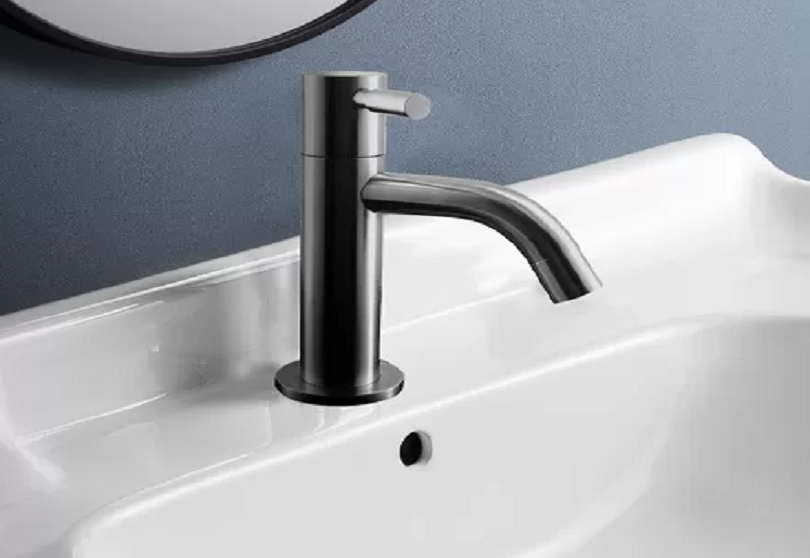
High-Quality Marine and Hardware Solutions from Ablinox Precision
2025-09-03 -
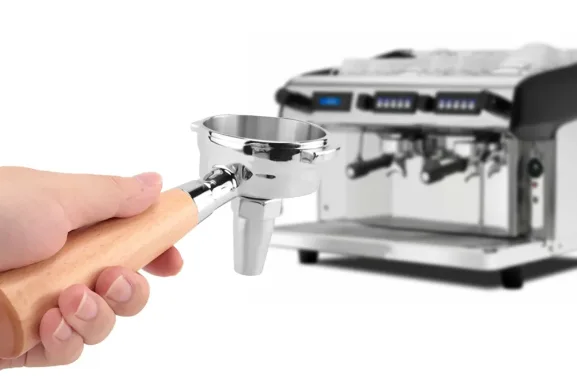
Precision Components for Meat and Coffee Grinder Machines
2025-09-03 -
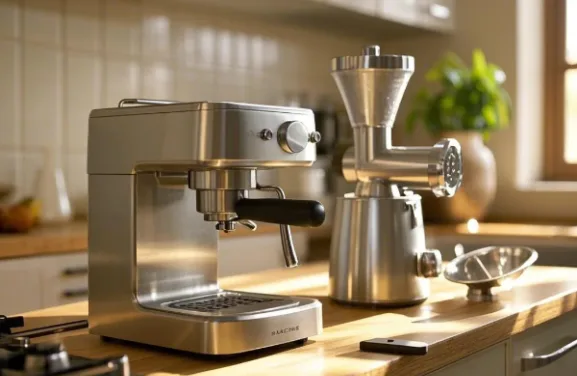
Precision Solutions with Stainless Diaphragm Pumps and Pool Glass Clips
2025-09-03 -
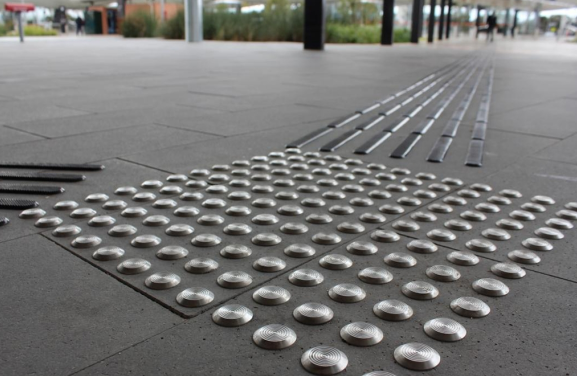
High-Quality Stainless Steel Solutions: From Fishing Rod Holders to Faucet Fittings
2025-08-29 -
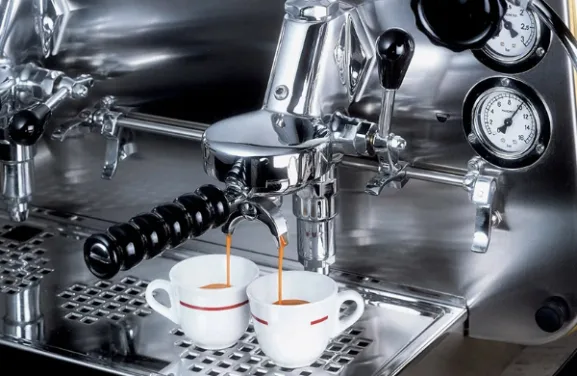
Precision Components for Meat Grinders and Coffee Grinder Machines
2025-08-29 -
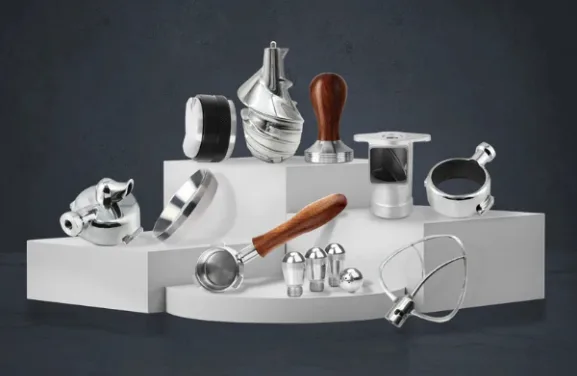
Precision Solutions with Stainless Diaphragm Pump Casting Machining
2025-08-29 -

Exploring the Art of Precision Casting
2025-03-20 -

Premium Stainless Steel Hinges for Durable Glass Shower Enclosures
2025-03-14 -

High-Quality Stainless Steel Food Grade Parts Customization Services
2025-03-11 -

How Precision Manufacturing Enhances Coffee Quality? – The Art of Stainless Steel Coffee Machine Parts
2025-03-08

